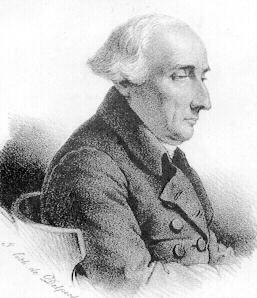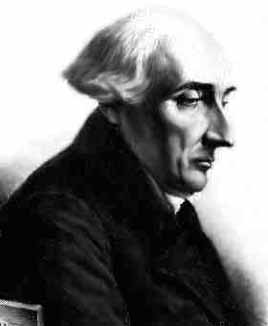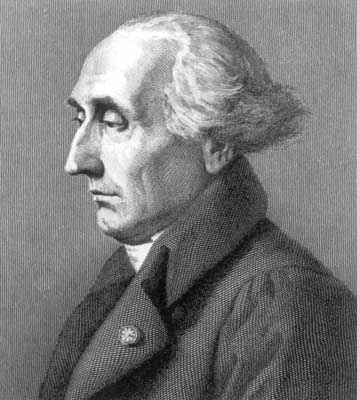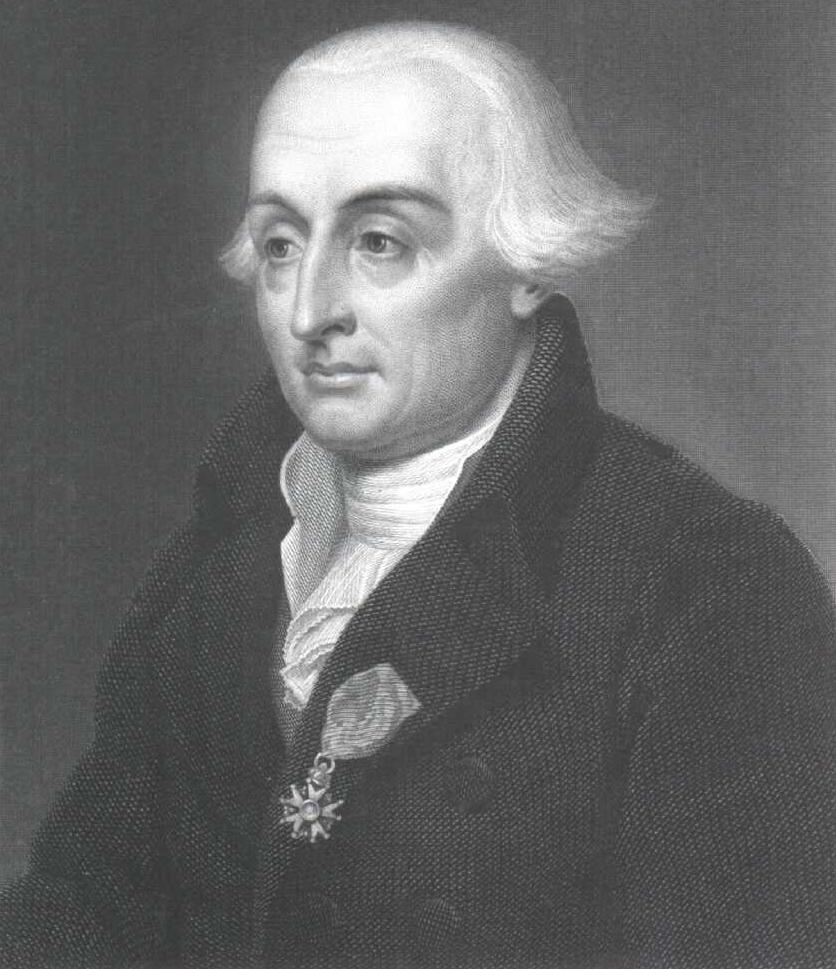

Physics Faces
Joseph-Louis
Lagrange (1736-1813)
“Lagrange was born into a family of civil servants and destined for the law; but his natural gifts turned him to mathematics. In a youthful discovery he found that he could express Euler’s equation for the function minimizing a functional integral (the equation that would come to be known as the Euler-Lagrange equation) in a neat and compact form using integration by parts. Recognizing the beauty of this method, Euler recommended him to Maupertuis who was eager to encourage research in variational methods. Lagrange then generalized Euler’s variational calculus so that it could handle all the problems of mechanics. He refined the choice of the integrand of the functional appropriate to mechanics, introducing the “Lagrangian,” L = T – V . (Maupertuis and Euler had used what amounted to only the kinetic energy which then required additional side conditions.) Lagrange went on to make important contributions to a wide range of mathematical subjects including the general theory of small perturbations of the solar system.”
From: The Shaggy Steed of Physics by David Oliver, Springer-Verlag, 1994.



